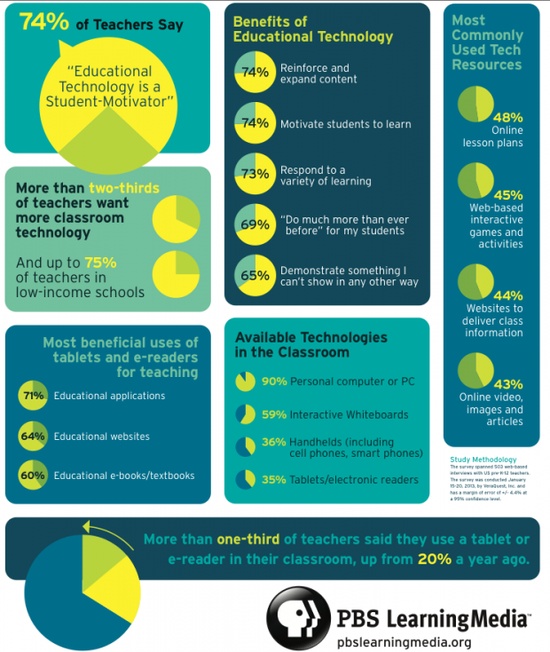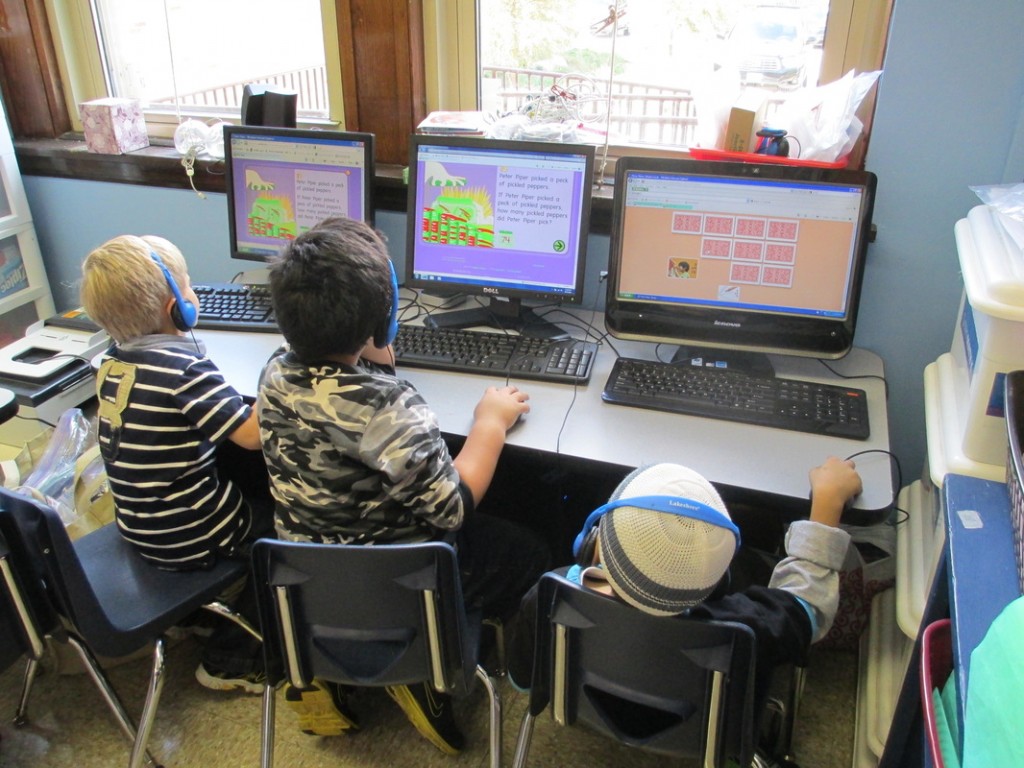Amazing Online Games For Learning Language
Education has changed. Teachers no longer use chalkboards and students no longer use chalk. Instead, we are living in an age where education is infused with technology and those chalkboards have been replaced with Smartboards – the new learning medium of interactivity. While education changes, so does speech therapy. In speech therapy, the web can be a wonderful resource for interactive games and language learning activities, all accessed through the click of a mouse. While the iPad holds the media spotlight, the web still boasts the most users and has great content if reviewed through a language learning lens.
PBS Kids
Take for example the website, PBS Kids. You might think this is all about television shows, but the developers behind PBS are devoted to improving education and are smart enough to know that online games draw a huge audience and have created some nice language opportunities. Check out the games behind the PBS KIDS LAB – a program funded by a 5-year Ready To Learn grant from the U.S. Department of Education, this is where PBS Kids develops and displays their new activities for learning. Activities work online, some on mobile devices, whiteboards or using augmented reality. What’s great about some of these is not only the high quality graphics but familiar characters that children are excited to learn from. Concepts range from math to science and literacy.
Specific language opportunities can be found in many of the math and science games by using descriptors and quantifiers like “more,” “less,” “before,” “after,” etc. Check out Deep Sea Follow Me featuring the Cat in the Hat to practice following directions, Fizzy’s Invention for deductive reasoning and logic, and Sorting Box for same/different concepts.
Kneebouncers
For younger children, bright colors, music and the interactivity of the computer screen can be a big draw towards learning games. Try Kneebouncers, a variety of cause/effect and simple language concept activities like colors, shapes and numbers.
Starfall
Learning letters, phonics and pre-reading skills is a common target for youngsters in speech therapy. For that audience, the great literacy resources at Starfall teach phonics and a wide variety of vocabulary for preschool-second graders. From animals to verbs, animation is used to highlight concepts that engage end help teach children new words.
Of course using media for language learning has it pros and cons, as Maureen Wilson, an SLP blogger who reviews technology for speech therapy often, can attest. When comparing online and technology resources in learning to traditional methods, Maureen said, “Technology is everywhere. Children seem to be born with the knowledge of how to use an iPad or anything with an on/off switch. Too keep up with the technological growth of our students we must explore technological options to engage them and help them in their speech and language development. I love traditional games like Connect Four, I am a Candy Land fan from way back. But, that doesn’t always get my students fired up to work on their language skills.” Noting that media can be quite motivating, Wilson agrees that online activities have a certain ability to captivate.
“Utilizing online resources like Quia, allows me to customize activities to target my student’s goals in a more interactive way. They still may be playing a memory game, but when it is on the computer or iPad they are much more engaged. Activities that are technology based are able to offer more options than you would be able to using a traditional game. Some games can target multiple goals in one session without the SLP having to get out multiple decks of stimulus cards. Most of these activities also collect data for you. These features can make an SLP’s life a lot easier during a therapy. You can focus more on the content of the student’s response as opposed to making sure that you marked the responses as correct vs incorrect and getting your next stimulus ready.”
Like many SLPs, Wilson often prefers traditional methods of instruction and finds the often can’t always be replaced with technology. “Although technology is a motivating factor for students and has features that can aid the SLP, I find traditional activities are still fun and useful. Students are surrounded by technology from the moment they wake up until they go to bed, so using a traditional game in therapy is a fun change of pace sometimes, especially when most of them have only played CandyLand on the iPad. Traditional games and activities offer a hands on experience, and as far as I know, there is no app for that. I feel it is important to utilized a blend of online and traditional activities to engage and motivate students. Relying on only one activity type limits an SLPs resources and a students experiences for growth.”
For many SLPs and parents it appears the challenge is to strike a balance between technology and tradition. What is key is to use these games in therapy in two ways 1) taking turns to make the experience interactive and 2.) encourage the child to narrate their actions aloud, retell the actions they did or describe the actions they will do ahead of time. These strategies will promote oral language and formulation.




